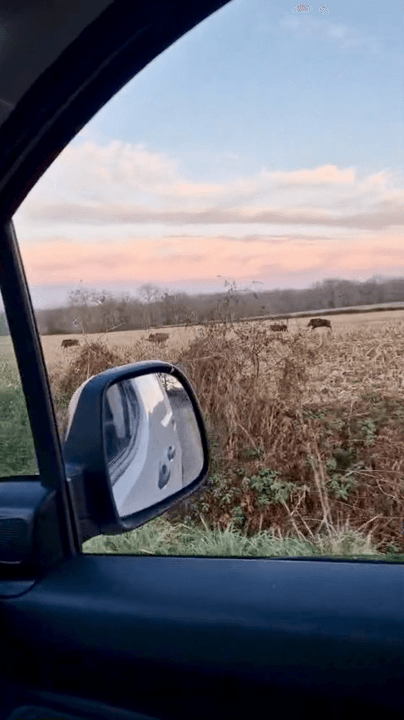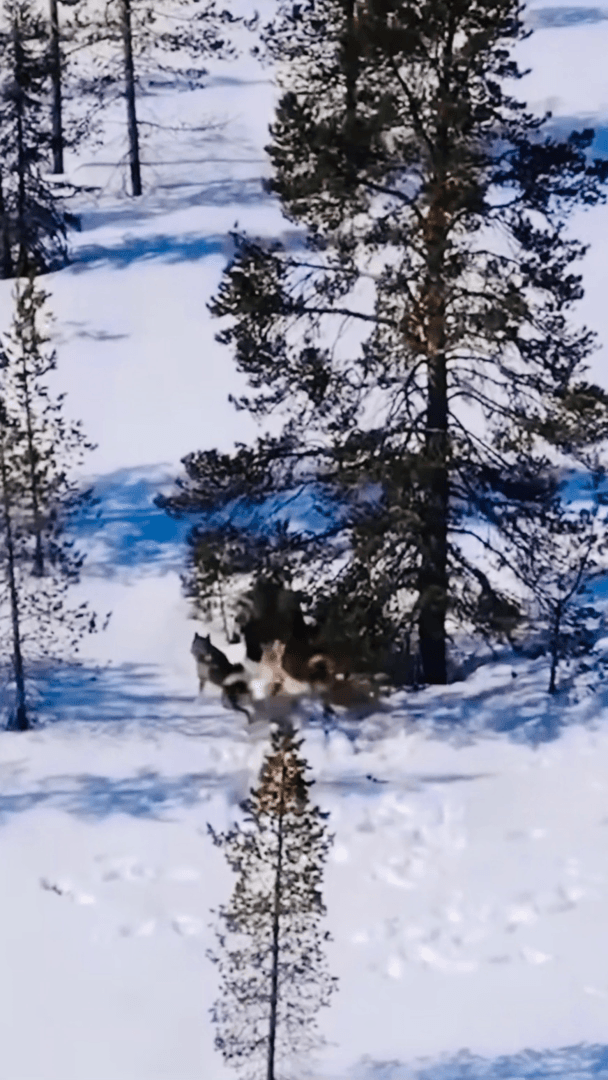
Otago hunting hotspots for an unforgettable experience: geographical and natural traits, game animals and hunting legislation of the area Natural and geographical traits of the area: lands where every step can be a hunt Otago is located on the South Island of New Zealand and is known for its diverse landscapes. Here you will find mountain ranges, dense forests, river valleys and open plains. This diversity makes the region ideal for hunting. The climate in Otago ranges from temperate on the coast to harsher in the mountainous areas. Temperatures can reach +25°C in the summer and drop to -10°C in the winter, especially in the highlands. This is important to consider when planning a hunt as the weather can change rapidly. Hunters and demographics of the region: adrenaline junkies There are no exact figures on the number of hunters in the Otago region, but hunting is popular with locals and tourists alike. New Zealanders are traditionally passionate about hunting, and this is particula
Post: 20 May 09:34
















































